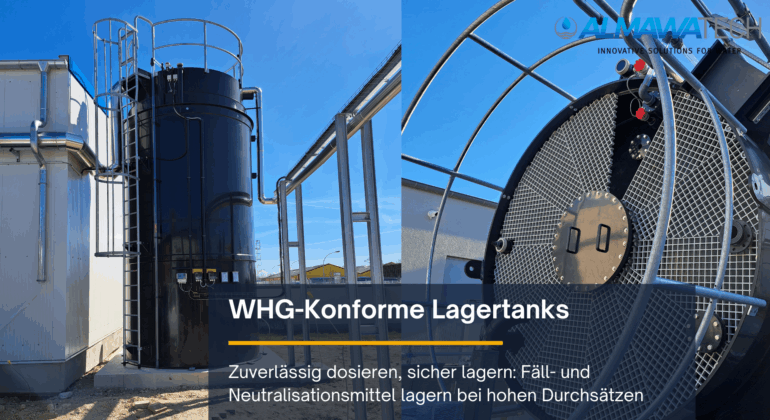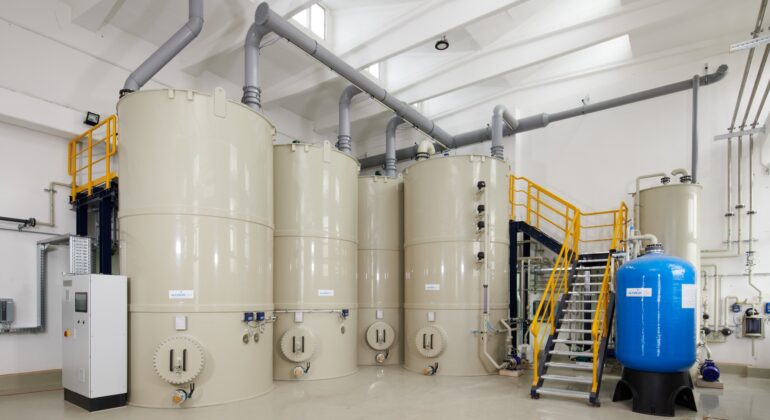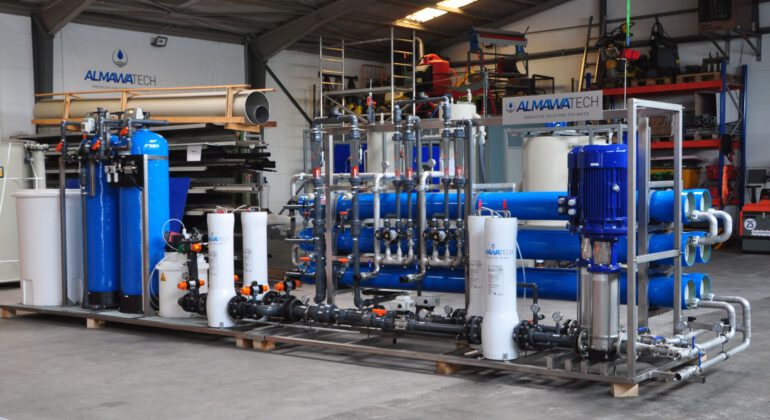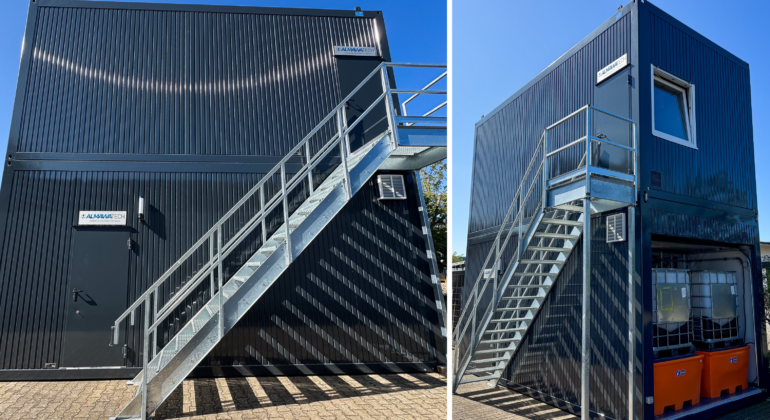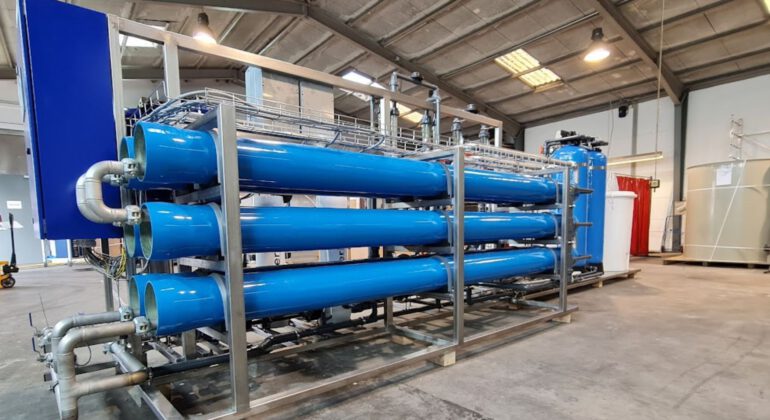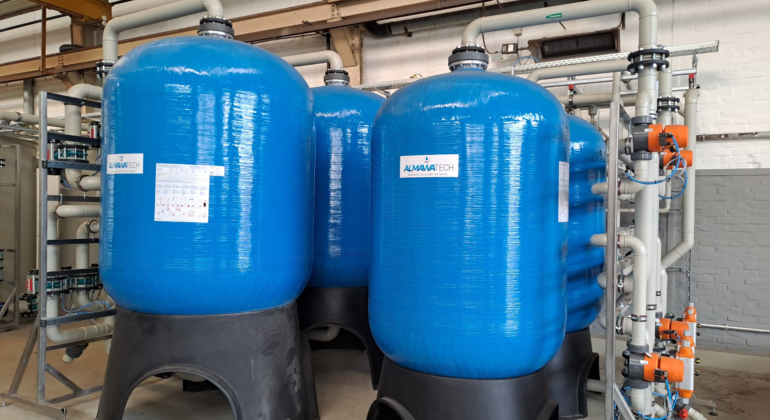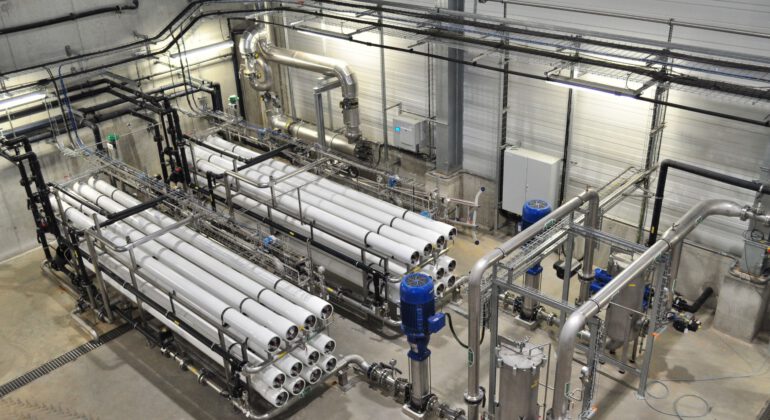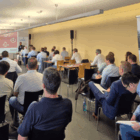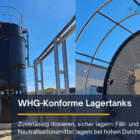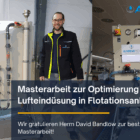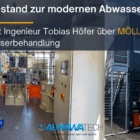What does the path to a new wastewater treatment plant look like - step by step from the perspective of an engineer at an industrial company?
This is exactly what this interview with Tobias Höfer, Project Manager at MÖLLER Medical GmbH in Fulda, Germany, is about. The company, which has stood for precision in medical technology for over 70 years, planned and implemented a new chemical-physical wastewater treatment plant together with ALMAWATECH in 2023. In this interview, Mr. Höfer explains how he got to grips with the complex topic as a career changer, what challenges had to be overcome during the project planning and integration of the plant - and what really matters when choosing a plant manufacturer.


